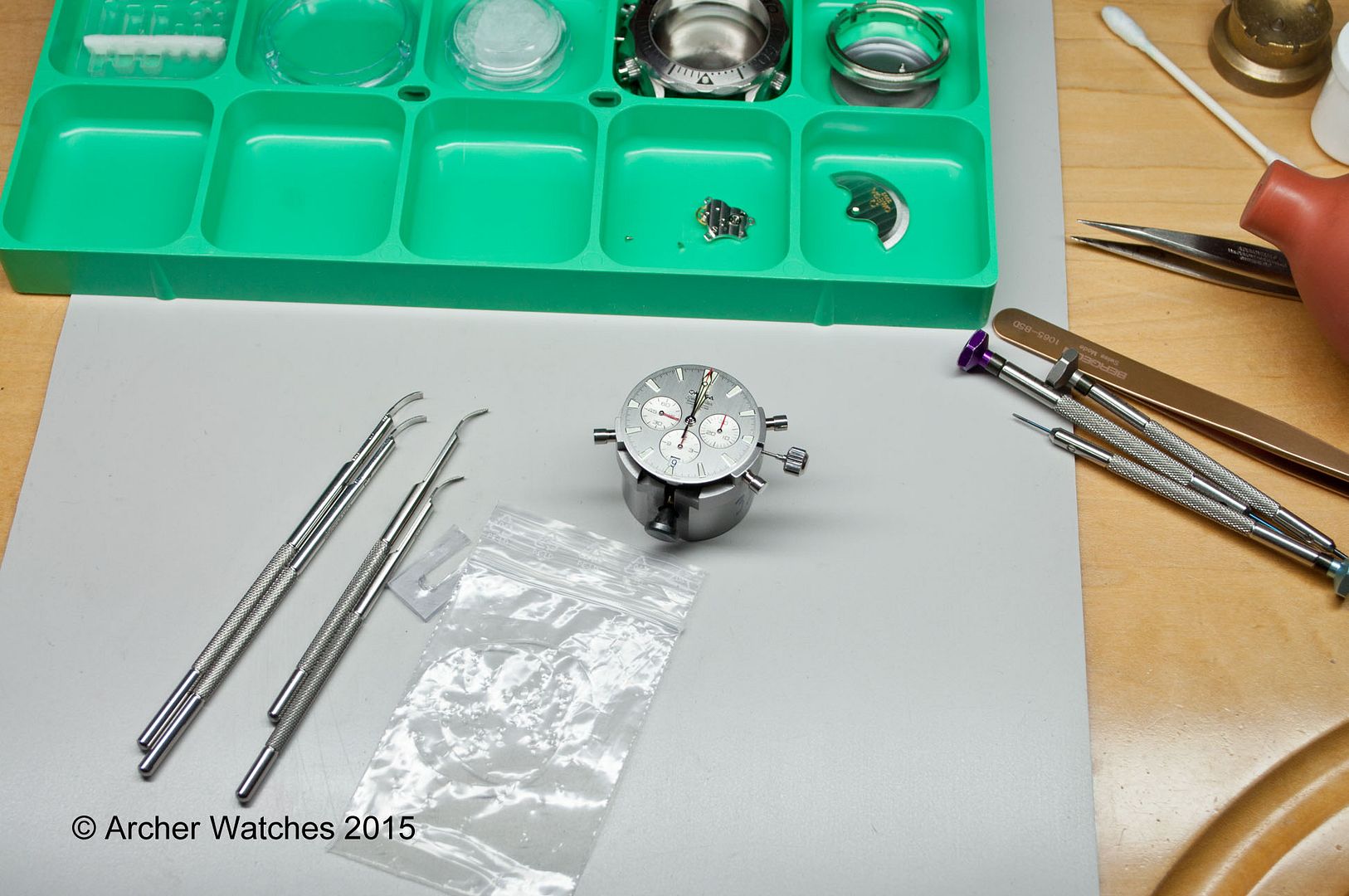I'll be replacing the movement on my TAG 1000 soon. Ive watched a few videos on youtube on how to remove and replace the watch hands. Seems like Hand tools are the preferred method,....
Any opinion on Presto/Plunger style versus hand tools for removing wristwatch hands? Also, Are the Presto/Plunger style and Hand tools offered on eBay usable? This is something I expect to do very infrequently,....so, would prefer to keep my tool cost on the lower end,...but don't want to buy tools that might cause damage or not work at all.
Any opinion on Presto/Plunger style versus hand tools for removing wristwatch hands? Also, Are the Presto/Plunger style and Hand tools offered on eBay usable? This is something I expect to do very infrequently,....so, would prefer to keep my tool cost on the lower end,...but don't want to buy tools that might cause damage or not work at all.






